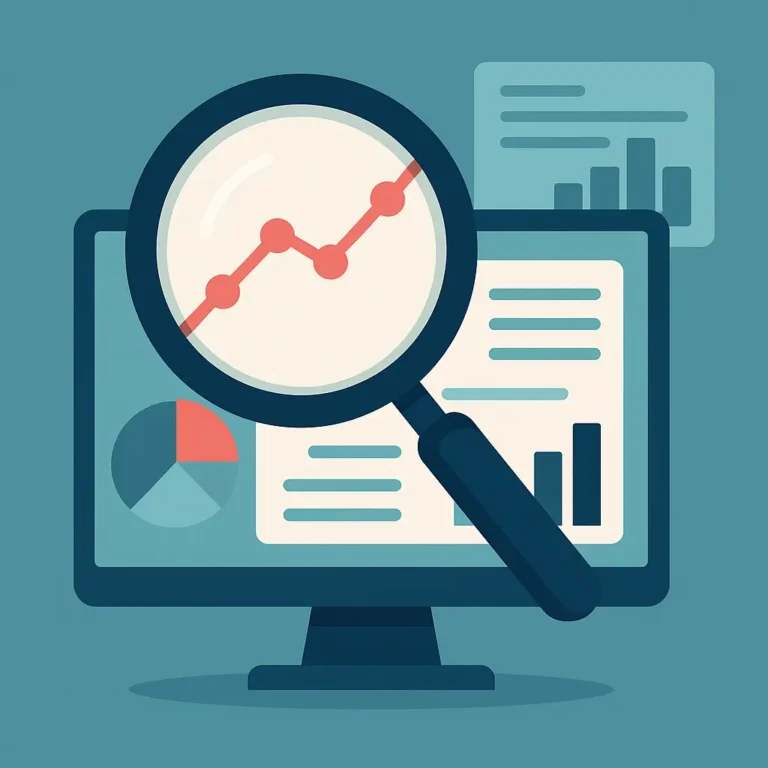Keeping Projects on Track with Continuous Monitoring
Great software isn’t just built—it’s guided, adjusted, and improved throughout the project lifecycle. Monitoring and evaluation help track real progress, identify issues early, and make data-driven decisions that keep things moving.
From timelines and budgets to team performance and risk, monitoring gives a clear picture of what’s working—and what needs attention. Evaluation adds another layer by measuring outcomes against project goals and stakeholder expectations.
This approach converts uncertainty into action, enabling teams to adapt quickly and remain aligned with business objectives.
A Practical Approach to Monitoring and Evaluation
We integrate monitoring directly into our project workflows. Key metrics, such as task completion, sprint velocity, issue tracking, and budget alignment, are continuously updated and reviewed.
Regular reporting and milestone reviews provide complete visibility into project progress. If something starts to slip, we respond early with adjustments—not after it’s too late.
We also evaluate project health using both client feedback and internal metrics. This helps refine not only the current delivery but also future performance.
The goal is always the same: consistent progress, reduced risk, and outcomes that stay aligned with your business goals.
Monitoring Is Ongoing—Not One and Done
Monitoring and evaluation aren’t single checkpoints—they’re continuous throughout the project. This ongoing process enables teams to respond quickly when priorities shift or risks arise.
By reviewing real-time data, we can adapt workflows, rebalance resources, and fine-tune delivery plans without disrupting momentum. It also keeps stakeholders engaged, with a clear view of how the project is progressing.
This proactive mindset helps ensure that the final product meets expectations—not just technically, but strategically.
FAQ About Monitoring and Evaluation
Monitoring tracks project progress in real time—covering tasks, timelines, and issues. Evaluation reviews the outcomes to measure how well the project met its goals.
Progress is reviewed continuously. We utilize dashboards, sprint reports, and milestone check-ins to ensure everything remains on track and transparent.
We use platforms like Jira and Confluence to monitor tasks, blockers, timelines, and team performance. These tools provide real-time visibility and automated reporting.
Risks are identified early through structured monitoring and evaluation. We log, prioritize, and address them with clear mitigation plans to avoid delays or quality issues.
Absolutely. Monitoring helps surface opportunities for improvement. We encourage client feedback and use it to adapt priorities, scope, or timelines when needed.
